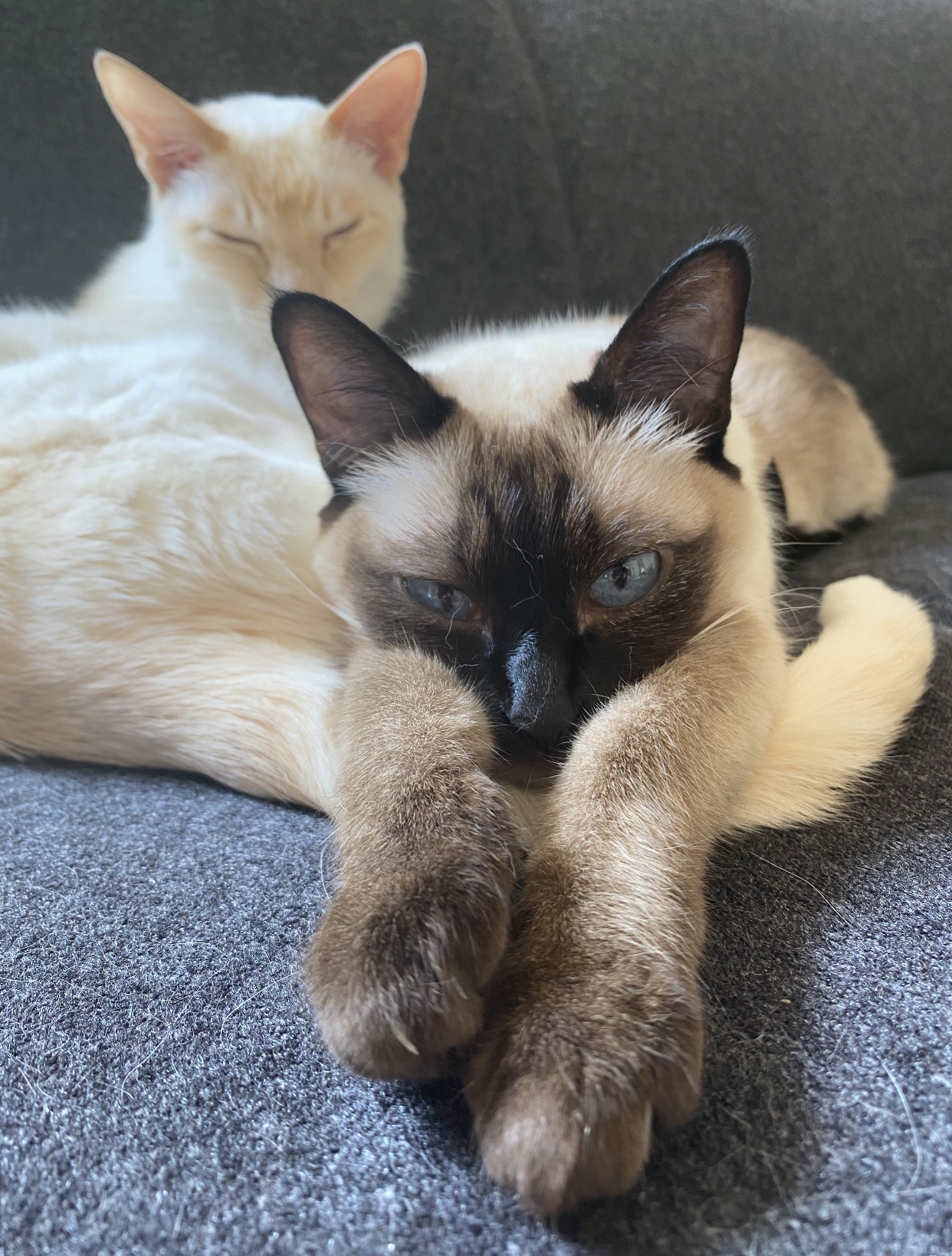2020-05-16

There is a long history of research linking lateralization to cognitive abilities, but so far this association had not been investigated in cats. An international research team from Turkey, Portugal and Germany of which the biopsychology was a part now investigated the association between hemispheric asymmetries and cognitive in cats. To this end, strength and direction of paw preferences in 41 cats were measured using two novel food reaching tasks in which the animals needed to open a lid in order to reach the food reward. The research team found that cats that showed a clear preference for one paw were able to open more lids succesfully than ambilateral animals. Moreover, cats that preferred to interact with the test apparatus with their paw from the beginning, opened more lids than cats the first tried to interact with the test apparatus using their heads. Results also suggested a predictive validity of the first paw usage for general paw usage. It was also shown that the cats' individual paw preferences were stable and task-independent. These results yield further support to the idea that lateralization may enhance cognitive abilities.

There is a long history of research linking lateralization to cognitive abilities, but so far this association had not been investigated in cats. An international research team from Turkey, Portugal and Germany of which the biopsychology was a part now investigated the association between hemispheric asymmetries and cognitive in cats. To this end, strength and direction of paw preferences in 41 cats were measured using two novel food reaching tasks in which the animals needed to open a lid in order to reach the food reward. The research team found that cats that showed a clear preference for one paw were able to open more lids succesfully than ambilateral animals. Moreover, cats that preferred to interact with the test apparatus with their paw from the beginning, opened more lids than cats the first tried to interact with the test apparatus using their heads. Results also suggested a predictive validity of the first paw usage for general paw usage. It was also shown that the cats' individual paw preferences were stable and task-independent. These results yield further support to the idea that lateralization may enhance cognitive abilities.